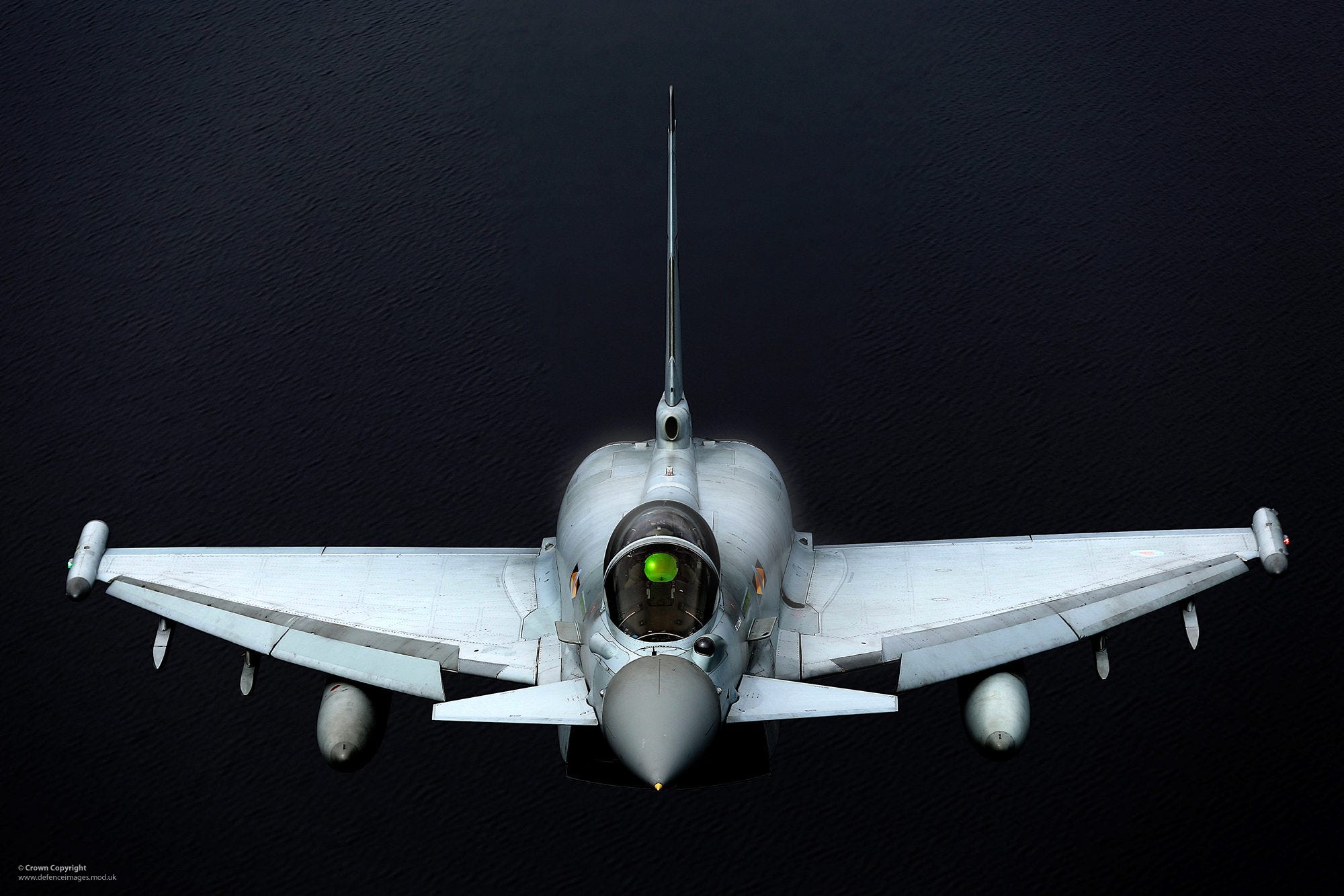by Felix Richter, Statista.com
Donald Trump may have been selected by the magazine, but its readers had a different idea. Indian Prime Minister Narendra Modi was voted by TIME readers as the 'Person of the Year'.
With a comparatively huge 19 percent of the vote, Modi beat off Barack Obama, Donald Trump and Julian Assange who were tied in second place with seven percent. The Indian leader is currently enjoying high approval ratings in his country and recently ratified the Paris Climate Change Agreement. The official Person of the Year, chosen by TIME editors, is somebody who 'most influenced the news, for better or for worse'. The readers vote is generally seen as a gauge of popularity and doesn't influence the final choice which will be announced tomorrow.
This chart shows the results of the TIME Person of the Year Reader’s Poll 2016.

















